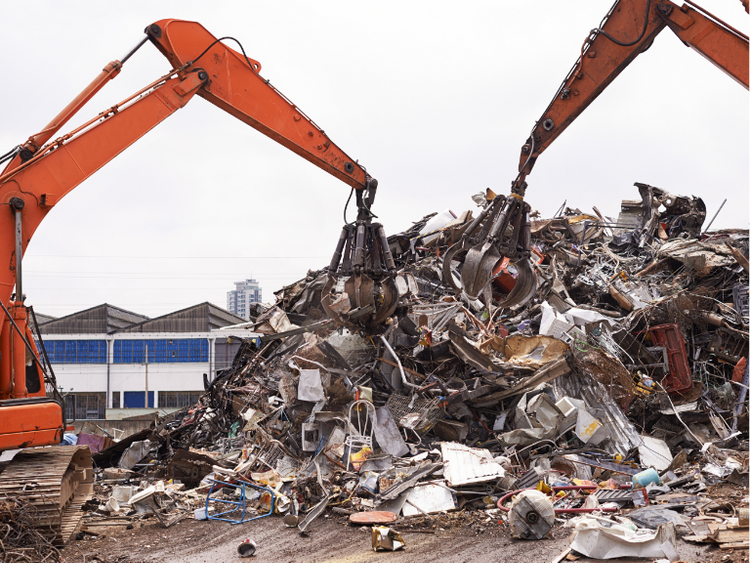Scrap Prices North America

Miller on scrap: The corporatization of the US, Canadian recycling industry
Written by Stephen Miller
January 19, 2024
When I started in the scrap business many years ago as a rookie trader in Luria’s Cleveland office, I saw an industry composed of family-owned businesses stretching across a great industrial nation. The men and women who owned these businesses were of a true entrepreneurial breed. The families who founded these recycling concerns at the turn of the last century worked their way up from rag collectors and garbage handlers. And they built a multibillion-dollar industry. It was a great example of a free market. Today, ferrous and non-ferrous scrap are a true natural resource, and its availability has helped the North American steel industry evolve into what it is today.
The leaders of the scrap industry in the era after World War II were quite powerful. They worked with the steel industry on an equal level, and sought pricing for their products that had to be fair for both sides. If it wasn’t, they did not flinch and would make their case for their point of view. I remember one instance when a mill told Lou Miller, the owner of Columbia Iron and Metal, to bid the Fisher Body Industrial bundles at too cheap of a price given market conditions. He responded by buying them for his own account at a higher price. After that, we could tell what the scrap market would do the next month by driving by Columbia’s Girard, Ohio, yard and viewing the piles of scrap. I cannot imagine this could happen today.
In the mid-1990s, several Wall Street-type companies decided to start to acquire significant scrap operations. These numerous acquirers started to roll up scores of scrap dealers and brokers at prices that wouldn’t have seemed possible just a few years earlier. It provided these family-owned businesses a magnificent way to cash out – and they did. So, we had a mishmash of scrapyards now under a few large acquirers. They stated their aim was to be partners with the steel industry, even though they weren’t specifically invited. They truly did not understand how business was conducted in our industry. Price talks and everything else is just conversation. And what happened? Most of these new scrap conglomerates went into some form of bankruptcy eventually. Sadly, some steelmakers didn’t do much better.
So where are we today after their reorganization? The successful steelmakers in the early 2000s started to acquire several large dealer/brokers that had multiple scrap-processing facilities and trading operations. This gave these mills a powerful tool to control their supply of scrap. They now control ~30% of the output of the scrap industry, and that figure is growing. It gives them a bigger stick in pushing their pricing onto the trade.
Of late, monthly pricing doesn’t become official until after the 1Oth of each month. During that time, dealers continue to ship their scrap into the mills on the notorious “to be determined” (TBD) order. After all, dealers need to keep the customers supplied with scrap while the jockeying of prices goes back and forth. Finally, the mills fill in the blanks and a dealer is stuck with the price, whether the dealer likes it or not.
The leaders from the previous era would never do business like this. Things had to have a fairness to them or they wouldn’t go for it. This is what’s missing today on our side of the ledger.

Stephen Miller
Read more from Stephen MillerLatest in Scrap Prices North America

HRC vs. prime scrap spread widens in June
The price spread between HRC and prime scrap widened in June.

Ferrous scrap pricing sideways in June
Ferrous scrap prices in the US have remained stable from May to June.

HRC vs. scrap spread widens over $150/ton in March
The HRC vs. prime scrap spread increased again in March.

HRC vs. prime scrap spread increases in February
The price spread between hot-rolled coil (HRC) and prime scrap widened in February ahead of the implementation of President Trump’s tariffs on steel.
HRC vs. prime scrap spread narrows again in January
The price spread between hot-rolled coil (HRC) and prime scrap continued to narrow in January, according to SMU’s most recent pricing data. While SMU’s average HRC price edged down week over week (w/w), it rose compared to a month ago. The January price for busheling also increased from December. Our average HRC price as of […]
